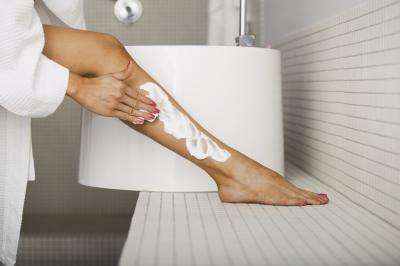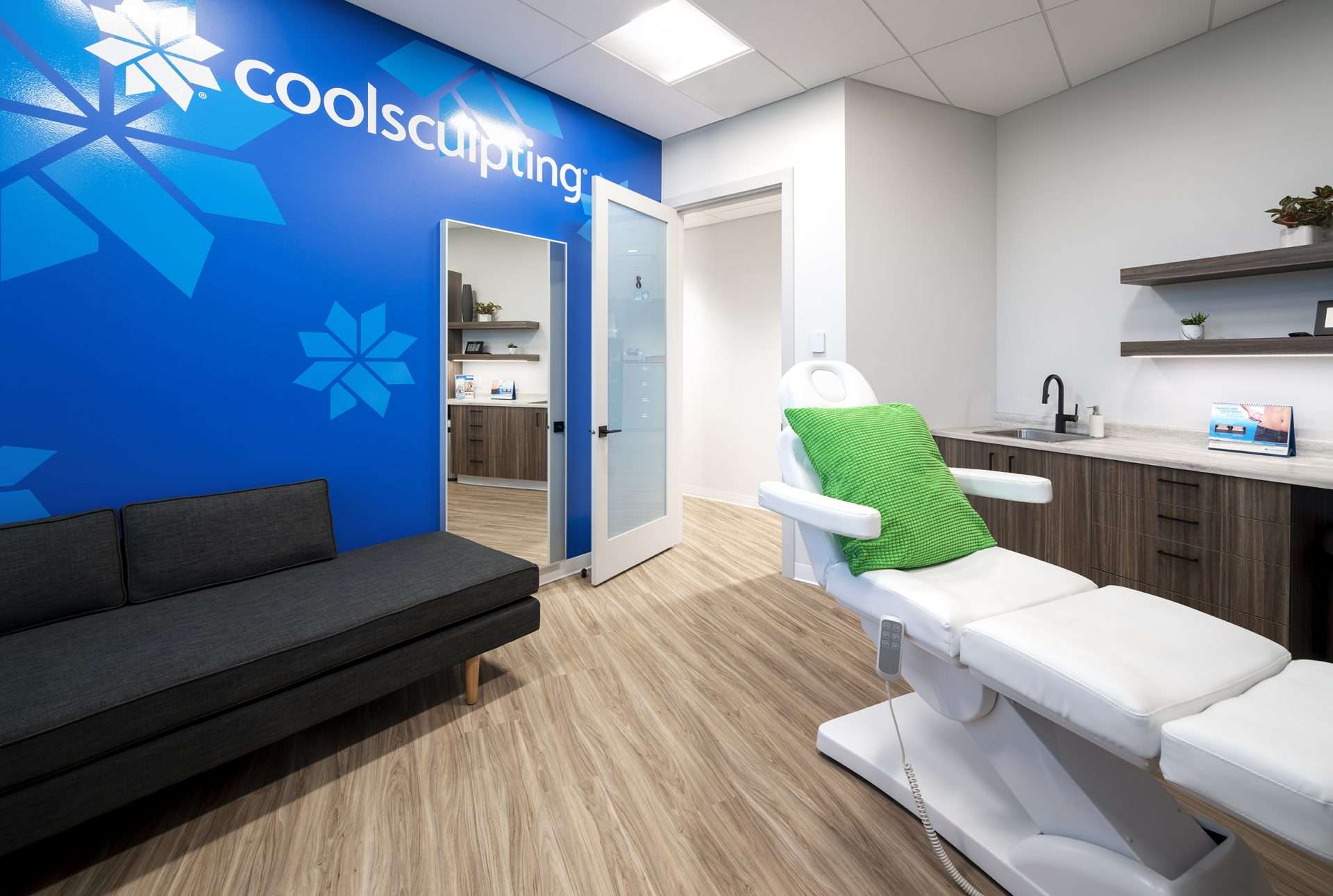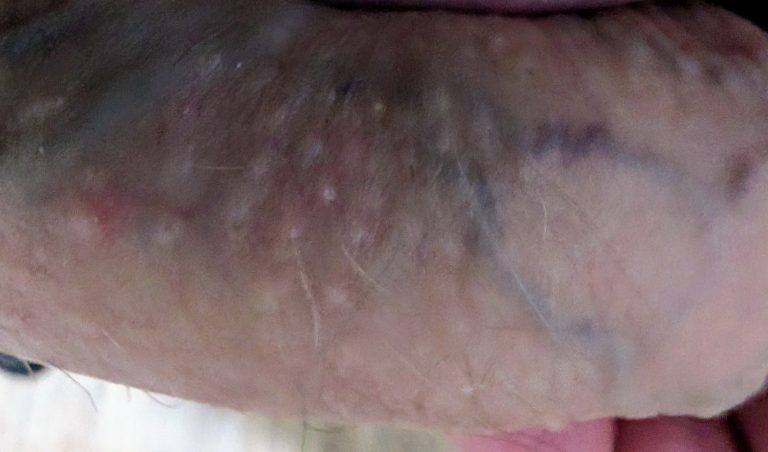Before visiting your dentist, your optometrist or your GP, you prepare. There are things you do and there are things you don’t do. For instance, when you visit your optometrist, you bring your current glasses or contacts with you and you bring a list of concerns. When you visit your GP or family doctor, you typically prepare a list of questions, bring in your medications or know your family history of diseases to share with them in case it comes up during your visit. Well, the same is true about your visit with your dermatologist. There are certain things can do to better prepare for your appointment, and of course things you shouldn’t do.
Shaving and Waxing

For some reason, women think it’s the end of the world if they see a dermatologist (or any professional for that matter) and they haven’t shaved or waxed their legs or underarms. What these women forget is that it is completely natural to grow hair. Everywhere. Hair protects us from microbes and other small particles and it’s there for a reason. Over the years, we’ve developed an unspoken rule that women’s legs, underarms and other parts should be hairless. But the reality is, the hair will grow back. And no one actually shaves every day. So if you have an appointment in between waxing or shavings, don’t fret. It’s completely natural and no one is judging you.
Medications and Prescriptions

Your skin is the largest organ in the body. And as an organ, it reacts to medications, be it pills, creams, ointments, drops etc. the same as any other organ. And certain medications don’t mix well. In fact, certain medications if used together could either counteract each other, or worse, create a very bad reaction. It’s just as important to let your dermatologist know what medications you are taking, what doses, how often, and for what reason, regardless of who prescribed it to you. This includes natural remedies and supplements. The easiest and most efficient way is to just bring in all your medications so the doctor can see the labels for her or himself.
Nail Polish and Cover Ups
Your nails and cuticles can tell your dermatologist a lot about what’s going on with your skin and body. If you’ve ever had surgery before, you’ll know that you cannot have any form of nail polish, not even clear, on your finger or toe nails. If you do, they’ll remove it. When you visit your dermatologist, this is equally important. He or she can gather some very important information about what’s going on by observing this small, but important, part of your body. Any pits, malformations, discoloration, can all help diagnose other diseases or illnesses. So be sure to hold off on that spa day until after your visit.
Wear The Gown
If you need to show your dermatologist, a medical doctor and professional, a part of your body so she or he can diagnose you, it’s best to wear the blue gown they’ve given you. It is the most efficient way for them to actually see the full area, as well as surrounding areas, of your skin and body to see if there are any other symptoms or signs that you may have overlooked. They need to have full access of the area, and keeping your clothes on can impede their work. And sometimes, it’s even more awkward to have a patient try to squeeze a little section of their arm out of their sweater then it would be had they taken the whole thing off and put on the robe to begin with. Remember, your doctor is a professional and has seen hundreds of patients.




